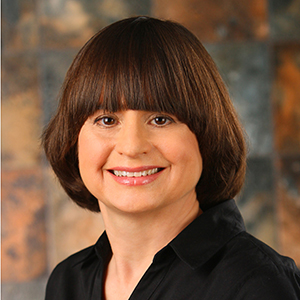Sharon Lohr
Affiliation
Statistical Consultant and Writer
Educational Background
University of Wisconsin-Madison: PhD, Statistics (1987)
Calvin College: BS, Mathematics (1982)
About Sharon
Sharon Lohr is a freelance statistical consultant and writer, following a 25-year career in academia (most recently as dean’s distinguished professor of statistics at Arizona State University) and an additional five years as vice president at Westat devoted to developing survey designs and statistical analysis methods for applications in transportation, public health, crime measurement, and education. Her research has focused on sample surveys and design of experiments, with emphasis on applications in education, criminology, and law. She is the author of Sampling: Design and Analysis, as well as numerous research articles, and is an elected Fellow of the American Statistical Association, an elected member of the International Statistical Institute, and the inaugural recipient of the Gertrude M. Cox Statistics Award for contributions to the practice of statistics. Her invited presentations include selection as the Morris Hansen Lecturer and the Deming Lecturer. She is currently working on a book to be published by CRC Press titled Measuring Crime: Behind the Statistics, which will be a guide for nonstatisticians on the principles of statistical reasoning as applied to crime statistics.
Sharon became a statistician because she liked math, but did not want to be restricted to one narrow area of scholarship. One of the great features of being a statistician is the opportunity to learn about and contribute to a wide variety of fields. If you want to learn more about medicine or crime or public health or genomics or educational practice, you can collaborate as a statistician with researchers in those areas. Designing surveys or experiments is particularly satisfying because you can ensure the study is set up to give the investigators the information they will need to advance science or set policy, and you can often save the investigators money by using an efficient design. Moreover, the designs or methods of analysis you develop can later be used in disciplines that might not even exist today.


















